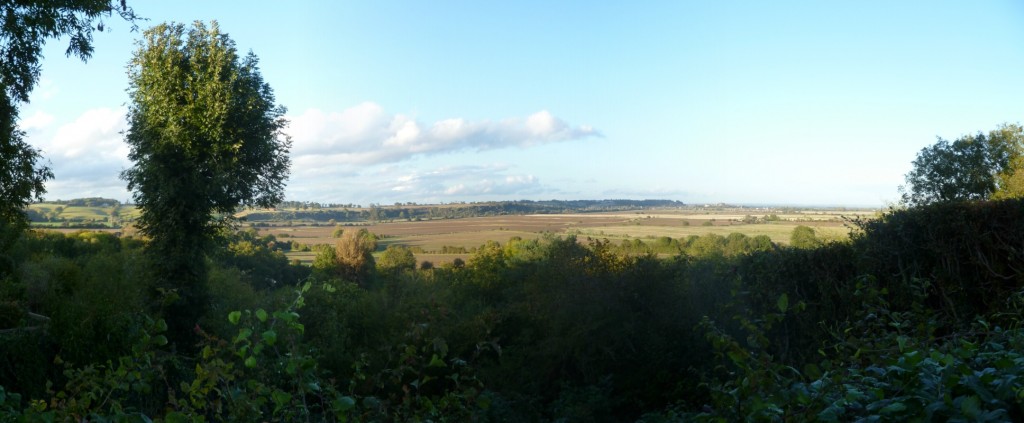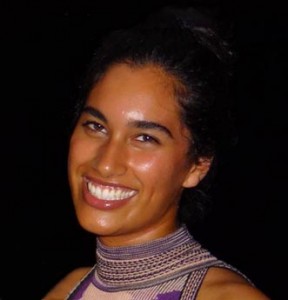Ships and Shorelines: Maritime Archaeology for the 21st Century, 16-18 October 2015
The Royal Archaeological Institute’s annual conference will be held at the University of Southampton and titled Ships and Shore-lines: Maritime Archaeology for the 21st Century on 16 – 18 October 2015. Organised by the Royal Archaeological Institute, in association with the University of Southampton Lifelong Learning Programme and the Centre for Maritime Archaeology.
Continue reading →



